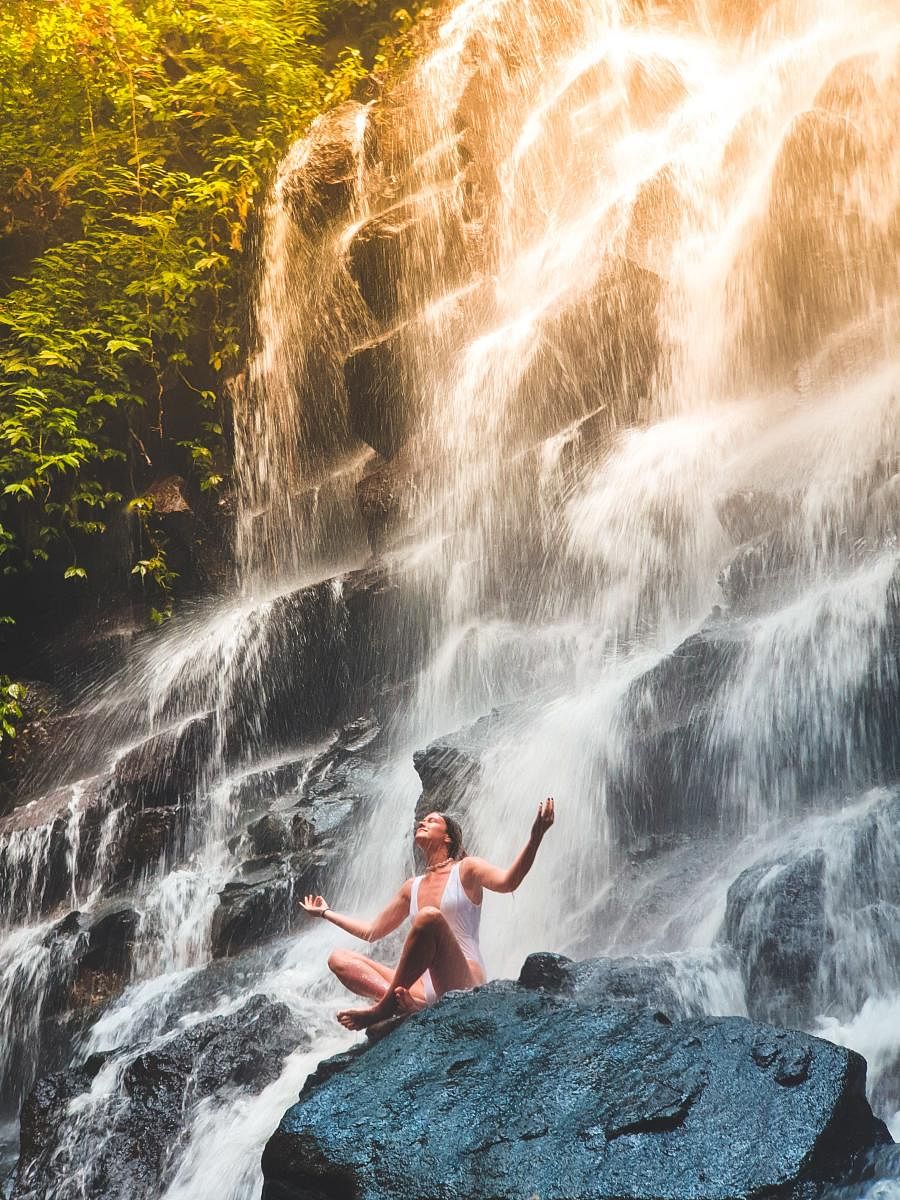
Khand in Sanskrit means ‘piece or segment’ and is the most dynamic and powerful breathing technique where your breath is divided. When you breathe in two parts — both inhalation and exhalation, it is known as Dwikhand Pranayama — a variation of Khand. Khand Pranayama has the power to reverse your age and increase your life span. Khand Pranayama should be started at the age of three. People with respiratory problems, athletes, runners, and mountain climbers can find this pranayama beneficial as it increases the performance capacity.
Khand pranayama is a form of pranayama from the Himalayan tradition which had been lost for generations. This pranayama was kept extremely private and was not discussed until now.
This powerful pranayama affects the functioning of different systems of the body and affords countless benefits to the practitioner.
To practice this pranayama, sit in any comfortable pose (such as Sukhasan, Ardhapadmasan or Padmasana). Straighten your back and close your eyes. Place your palms on your knees facing up (in Prapthi Mudra). This pranayama is about splitting the breath into two parts. First, take a deep breath — inhale for a count of two; then exhale completely for a count of two. This completes one set. This should be done continuously without a break.
Steps
Sit down in Dandasana, keep your back straight and breathe for some time.
Balance your energies and prepare your mind for the practice.
Sit in any comfortable pose such as Sukhasan, Vajrasana, Ardhapadmasan, Padmasana or Siddhasana) an ideal posture is Poorna Padmasana.
Straighten your back and close your eyes.
Place your palms on your knees facing up (in Prapthi Mudra).
As you inhale, divide your breath into two equal parts.
Without retaining the breath in your lungs, exhale twice.
Direction & duration
Face eastwards when practicing this pranayama, the best time to practice is early in the morning as it ignites a spark of optimism and keeps the stress away. As a beginner, start with three sets of one minute each and afterwards increase it step by step. Nonetheless, it is recommended not to surpass ten minutes.
Speed
When you are a beginner in this technique, it is most advisable to practice in Shaant gathi and slowly, build your practice level, move towards Madyam, and then finally, Tivra gami. By practicing in Tivra gami, you will gain expertise on that level but it does not mean that Shant gati is not for an advanced practitioner as all these three levels have a positive impact on the body and mind.
Benefits
Builds lung power.
Builds stamina.
Promotes excess fat loss.
Improves skin health.
Increases lifespan.
Reverses age by retaining youth.
Improves stamina.
This pranayama functions as a wonder drug for individuals with shortness of breath.
One can effect positive change and tranquillity by practicing this pranayama in just three or four days.
It slowly builds within the practitioner a greater sense of gratitude.
Increases lung capacity to take in oxygen.
Contraindications & precautions
People with these conditions must refrain from practicing this Pranayam at a fast pace (Tivra Gathi):
Hypertension
Back pain
Acidity
Cardiac diseases and if you are recovering from a recent surgery
(The author is a lifestyle coach & Yoga-preneur.)